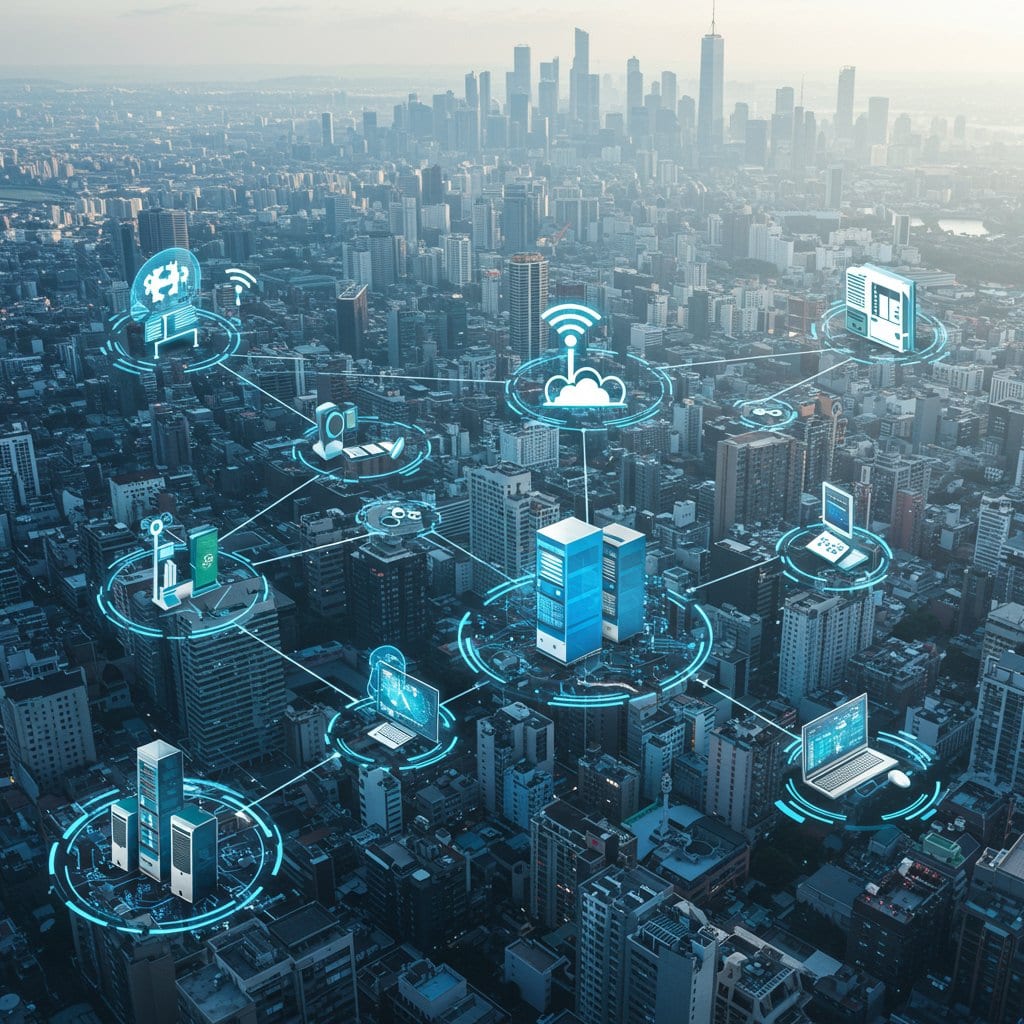In an age where digital infrastructure underpins nearly every facet of corporate operations, operational resilience has become a non-negotiable priority for Australian businesses.
Increasingly, the responsibility for embedding this resilience is falling to the Chief Information Security Officer (CISO), whose role is fast evolving from technical overseer to strategic leader.
Traditionally viewed as gatekeepers of cyber security, CISOs are now being recognised as pivotal players in shaping long-term business continuity. They are influencing boardroom discussions, integrating cyber security into broader corporate strategy, and orchestrating the kind of technological and cultural shift required to prepare for, withstand, and recover from ever increasing cyber breaches and attacks.
Redefining operational resilience
While operational resilience may once have been narrowly defined as an IT function, it is now seen as an organisation-wide imperative. In essence, it refers to a company’s ability to maintain core functions during a crisis – whether that crisis is triggered by a cyberattack, system failure, or human error. In the context of cyber security, operational resilience goes beyond defence to ensuring continuity.
Australia’s digital economy, increasingly exposed to state-sponsored and financially motivated cyber threats, has made this shift urgent. Ransomware and critical infrastructure attacks are growing in frequency and sophistication, and the businesses best placed to manage such risks are those whose CISOs are proactively embedding resilience into the organisational fabric.
The CISO as strategist
The modern CISO’s mandate is far broader than overseeing firewalls and data encryption. They must design a security architecture that is not only robust but also agile and adaptive, and able to respond in real time to dynamic threats.
Achieving this involves more than technology and CISOs are also building bridges across departments. They’re working with senior executives, IT, legal, operations, and human resources to cultivate a company-wide awareness of cyber risk and mitigation.
Part of this cultural shift involves establishing clearly defined roles and responsibilities across teams. Everyone, from software engineers to front-line staff, has a part to play in maintaining operational integrity.
Building technological resilience
Central to operational resilience is the notion of technological resilience. This is the ability of IT systems to remain functional, or recover quickly, even under duress. It requires not only strong defences, but also flexible, modular systems built to fail gracefully and recover rapidly.
Key to this approach is the integration of security tools and platforms. Instead of relying on a patchwork of incompatible systems (a situation often referred to as “security sprawl”) CISOs are pursuing harmonised, interoperable platforms.
These platforms allow tools such as zero trust frameworks, endpoint detection and response (EDR), extended detection and response (XDR), and identity and access management (IAM) to work in concert.
Automation also plays a vital role. From infrastructure-as-code that supports rapid recovery, to chaos engineering that stress-tests defences, technology is leveraged not just for prevention but for real-time resilience.
Interdisciplinary teams and collaborative culture
Resilience is not built on technology alone as the people operating those systems are just as important. CISOs must foster teams that are not only technically skilled but also aligned with business objectives and able to operate under pressure.
This means cultivating DevSecOps practices, where security is embedded from the beginning of the software development lifecycle, and team members work collaboratively across functions. Such teams must also train regularly under simulated emergency conditions to ensure they are ready to respond when reality hits.
It seems odd to say but a “failure culture” is also essential. Mistakes in high-stress situations are inevitable, but how organisations respond to them determines their resilience. CISOs should encourage transparency and continuous improvement, ensuring that lessons learned from past incidents are shared openly and acted upon.
In Australia, where skills shortages in cyber security are well documented, this kind of cultural investment also helps to retain talent. Teams that feel supported and valued are more likely to stay, and perform under pressure.
Vendor consolidation versus ecosystem harmony
A frequent mistake in the quest for simplicity is the premature consolidation of security vendors. While reducing the number of tools may seem like a logical step, it can lead to reduced capability if interoperability is sacrificed.
Instead, experts advise CISOs to prioritise ecosystem compatibility. The goal should be technological harmony to ensure tools from different vendors can share intelligence, coordinate responses, and operate through a unified management platform. In the event of a breach, such cohesion can mean the difference between swift containment and widespread damage.
A strategic advantage in a crisis
Operational resilience is no longer a niche concern for the IT department. It is a strategic imperative, one that can safeguard business continuity, protect brand reputation, and maintain customer trust.
For Australian organisations navigating an increasingly hostile digital environment, the role of the CISO has never been more critical. Those who invest in integrated technologies, cohesive teams, and a culture that embraces transparency and adaptability are the ones most likely to thrive in the face of adversity.





